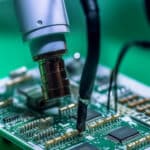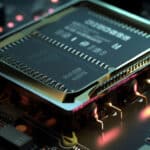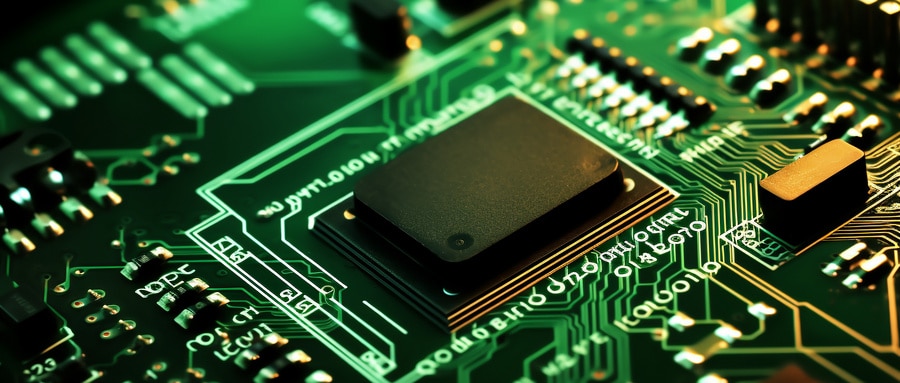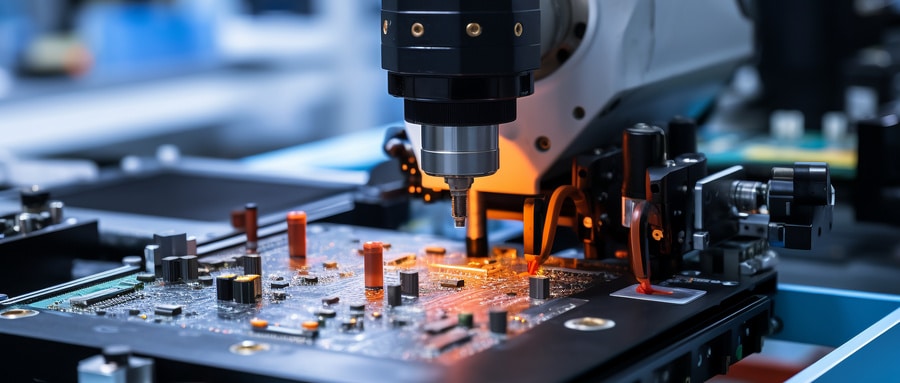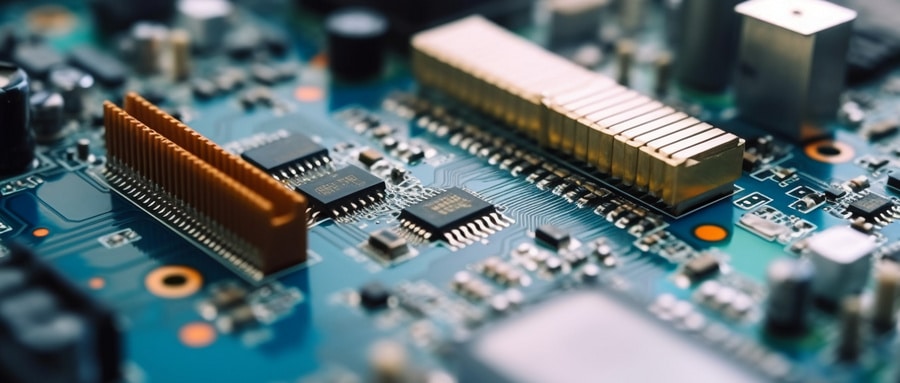
High-volume PCB vs. low-volume PCB: Differences and choices in electronic fabrication methods High-volume PCB and low-volume PCB are two common production methods in the electronics industry. There are some differences in their production quantities, costs, delivery times, degree of customization, and so on. High-volume PCB production usually refers to the production of thousands or even […]
What are the differences between keyboard PCB and LED PCB in terms of process? There are some differences in the manufacturing process between keyboard PCB and LED PCB. The following are their main differences: 1. Manufacturing process The manufacturing processes for keyboard PCB and LED PCB are slightly different. Keyboard PCB usually includes the following […]
What are the specific processes required for high temperature circuit board processing? The process of high temperature circuit board processing requires multiple processes and strict quality control in the factory. The following is a detailed description of these processes: First, the factory needs to ensure the quality of raw materials. Substrates commonly used in high […]
What are the precautions for gold finger PCB processing? Gold Finger PCB is a component used to connect circuit boards and electronic devices with high conductivity and reliability. During PCB processing, you need to pay attention to the following points to ensure the quality and performance of gold fingers: 1. Design phase In the design […]
Know the requirements, steady as she goes: how PCB impedance control tells manufacturers Before preparing for PCB impedance control, the following are some of the things to pay attention to: Understanding Impedance Control Requirements: First of all, you need to understand the requirements for impedance control in PCB design, including the value of impedance, stability […]
What are the characteristics of aging circuit boards? How should I troubleshoot as well as deal with it? Circuit board aging may exhibit the following symptoms: Decrease in performance: Circuit board aging can lead to changes in the characteristics of its electronic components, such as resistance values, capacitance values, etc., which can directly affect the […]
Halogen-free circuit board, set off a new trend of environmental protection Halogen-free circuit board are circuit board that do not contain toxic or hazardous substances in the manufacturing process and do not pollute the environment. This type of circuit board has higher safety and reliability in the process of use, and also meets the current […]
What are the advantages of mass production of immersion gold pcb in the market? High-quality electrical properties: Immersion gold PCB have excellent electrical properties, including low resistance, low capacitance and low inductance. These characteristics make immersion gold PCB the first choice for high-frequency, high-precision and high-reliability electronic devices. High Reliability: Immersion Gold PCB have excellent […]
The PCB board thickness of 0.3mm belongs to a thinner type compared to the regular PCB boards, but it is not considered to be an ultra-thin circuit board. Generally speaking, PCB board thickness below 0.2mm is called ultra-thin board. What is the process limit for ultra-thin circuit boards? At present, the process limit of ultra-thin […]







